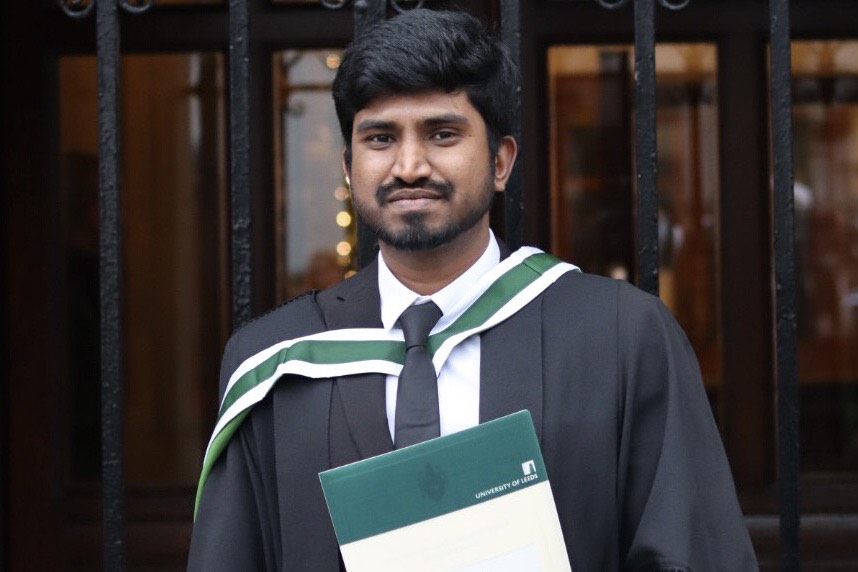Your cart is currently empty!


HERA Foundation awards PhD scholarship for welded joint research
HERA Foundation, our charitable trust organisation dedicated to advancing research in engineering and steel construction, has recently granted a prestigious PhD scholarship to Dinesh Lakshmanan Chandramohan, a talented and promising young PhD candidate from the University of Waikato.
Dinesh’s doctoral research will focus on the critical topic of understanding the effects of misalignment and root gaps and ancillary weld details on welded joints under seismic loading. This research is a part of the HERA Seismic Research Programme. The HERA Seismic Research Programme is a collaborative effort between HERA, the University of Auckland, Auckland University of Technology, the University of Waikato, and international partners to improve the resilience of steel structures and productivity in steel fabrication through advanced testing and simulation methods. The current focus is on developing guidelines to have more cost-effective connections while ensuring their adequate seismic performance.
Deviation from geometrical tolerances in steel construction can occur during the fabrication and erection process. Geometric imperfections such as misalignment and root gaps often accompany welded joints. These imperfections have the potential to diminish the performance and strength of such joints. Dinesh’s research objective is to comprehensively investigate the impact of misalignments and root gap sizes on the seismic performance of welded steel joints. There might be a potential for relaxing and tightening some of the parameters included in the standards.
Furthermore, some damage was reported in the weld access hole zone or at the backing bar locations in the welded moment connections after the Northridge earthquake in 1994. US steel design code revised the recommendations for using backing bars and access holes after 1994. There is a range of recommendations for the best access hole geometry and unclear provisions for removing or remaining backing bars in the protected zones in the New Zealand steel design standard. This research will address uncertainty concerning recommendations on using backing bars and access holes in the fabrication of seismic connections to reduce the cost and increase the reliable performance of connections.
The study aims to delve into various aspects, including the strength, stress distribution, and failure mechanisms of welded joints with different types of misalignments (axial and angular), root gaps, and ancillary details. Dinesh plans to employ a combination of experimental tests and finite element analysis (FEA) to investigate these phenomena. Small-scale (or large-scale) experimental tests will be conducted on welded joints, simulating seismic loading conditions. The experimental results will then be used to develop and validate FE models. Furthermore, Dinesh will conduct an extensive parametric study, considering factors such as misalignment ratio, root gap size, plate thickness, steel grade, and weld size.
By comparing the experimental and parametric study results with the design strengths derived from current standards, Dinesh’s research will facilitate a thorough reliability analysis. This analysis will serve as the foundation for proposing new design recommendations concerning misalignment and root gap size tolerances and ancillary details. These recommendations will be based on empirical evidence obtained from the experimental tests and FEA results.
The HERA Foundation recognises the significance of Dinesh’s research and its potential impact on enhancing the safety and reliability of welded joints in seismic regions. By addressing a crucial knowledge gap in the field, Dinesh’s work promises to contribute to the advancement of structural engineering practices.
Find out more about the HERA Foundation
